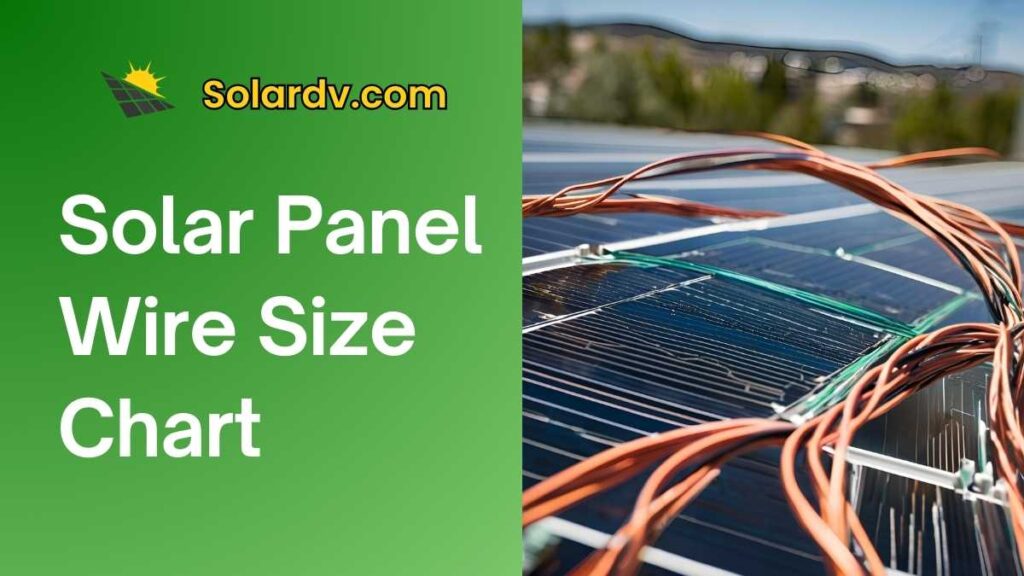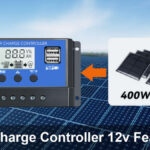When setting up a solar energy system, one of the most critical components to consider is the solar panel wire. This wire is essential for connecting your solar panels to the rest of your solar energy system, including inverters and batteries.
Understanding the right type of wire, its specifications, and the best options available can make a significant difference in the efficiency and safety of your solar setup.
What Type of Wire is Used for Solar Panels
The type of wire typically used for solar panels is known as photovoltaic (PV) wire. PV wire is specifically designed to withstand the unique conditions of a solar energy system. Here are some characteristics that make PV wire suitable for solar applications:
- UV Resistance: PV wire is made to resist UV radiation, which can degrade standard wires over time. This is crucial since solar panels are installed outdoors and exposed to sunlight.
- Temperature Tolerance: The wire can handle extreme temperatures, both hot and cold. This durability ensures that the wire maintains its conductivity and performance over various weather conditions.
- Strain Relief: Many solar installations experience movement due to wind or other factors. PV wire is designed to accommodate this strain without breaking or fraying.
- Flexible Insulation: The insulation around the wire is flexible, allowing for easy installation in tight spaces without compromising safety.
Best Solar Panel Wire
When selecting the best solar panel wire, consider the following options that meet high standards for performance and durability:
- THHN/THWN Wire: This wire type is often used in residential and commercial solar systems. It’s rated for direct burial and can withstand heat and moisture. However, it requires additional protection from UV rays if used outdoors.
- PV Wire: As mentioned, PV wire is ideal for solar panel connections due to its UV and temperature resistance. It is available in various gauges, allowing flexibility based on your system’s size.
- USE-2 Wire: This wire type is also designed for solar applications. It can withstand harsh environments and is suitable for use in both residential and commercial settings. It is a great option for connecting solar panels to the inverter.
- XLPE Insulated Wire: Cross-linked polyethylene (XLPE) insulated wires are durable and provide excellent heat resistance. They are suitable for outdoor applications and have a longer lifespan than standard wires.
Solar Panel Wire Size Chart
Selecting the correct wire gauge is essential for achieving the best performance. Here’s a basic solar panel wire size chart to guide you:

| Wire Gauge (AWG) | Maximum Current (Amps) | Voltage Drop (for 100 ft) |
|---|---|---|
| 14 | 15 | 3.61% |
| 12 | 20 | 2.27% |
| 10 | 30 | 1.52% |
| 8 | 40 | 0.96% |
| 6 | 55 | 0.63% |
| 4 | 70 | 0.40% |
| 2 | 95 | 0.25% |
| 1 | 110 | 0.20% |
It’s essential to choose a wire gauge that minimizes voltage drop for maximum efficiency.
Using standard electrical cable for solar panel installations is not recommended. Normal cables lack the necessary UV and temperature resistance, which can lead to insulation breakdown over time. This deterioration can cause safety hazards and reduce the efficiency of your solar system. Always opt for PV wire or other solar-specific cables.
Yes, aluminium cables can be used for solar panels, but there are some considerations. Aluminium is lighter and often less expensive than copper, but it has a higher resistance. If using aluminium, ensure that the connections are secure and appropriate for the cable type.
Using a 4mm cable for solar panels can be suitable depending on your system’s specifications. It is essential to check the current rating of the 4mm wire, as it may not support higher currents in larger systems. Always refer to the wire size chart and calculate the required wire gauge based on the distance from the inverter.
AC wire is not suitable for DC applications like solar panels. Solar systems generate direct current (DC), while most household wiring is designed for alternating current (AC). Using AC wire can lead to significant safety issues and system inefficiencies. Stick to wires designed specifically for solar applications, such as PV wire or USE-2.
Conclusion:
Choosing the right solar panel wire is crucial for ensuring the efficiency and safety of your solar energy system. With options like PV wire, THHN/THWN, and USE-2, it’s important to select a wire that meets the environmental challenges of outdoor installations.
Additionally, understanding wire gauge and its impact on current flow can enhance your system’s performance. By following these guidelines and considering the FAQs, you’ll be well on your way to a successful solar installation that lasts for years to come.










